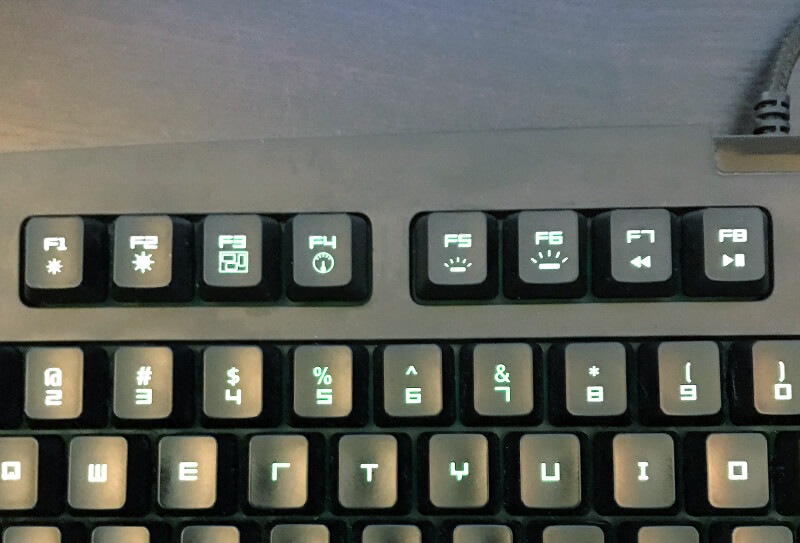Use Your Function Keys
July 2018 — Tip of the Month
Function keys — those "F" keys at the top of your keyboard — can be pretty confusing. After all, how is the average person supposed to know what F2 does? Or F3? Or F12?
Function keys have a storied past, dating back to the early days of computing. Even before the mouse became a standard input device, function keys were used as shortcuts for specific actions, such as printing data from the screen and quitting a specific process. As graphical user interfaces became more popular, function keys transitioned in their use. For instance, Windows standardized F1 as a "Help" shortcut and F5 as a "Refresh" command. Somehow Alt+F4 became the standard command to close a window.

Eventually, keyboard manufacturers started printing icons on the function keys to make their functions more obvious. Soon, software companies followed suit and started standardizing new functions for function keys. Most modern operating systems (including Windows and macOS) now use function keys for system commands. Examples include adjusting display brightness, changing the system volume, and controlling audio/video players.
If you've been intimidated by those strange "F" keys in the past, you're not alone. But if you never use them, you're missing out on some pretty helpful shortcuts. Why not press a few of them to see what they do?
Important: The way your function keys work depends on your operating system, your keyboard, and the drivers installed with your keyboard. In some cases, you can just press the function keys to perform system commands. In other situations, you'll need to hold the "Fn" or Function key (often located in the bottom-left corner of a keyboard).
 Home
Home June 2018
June 2018